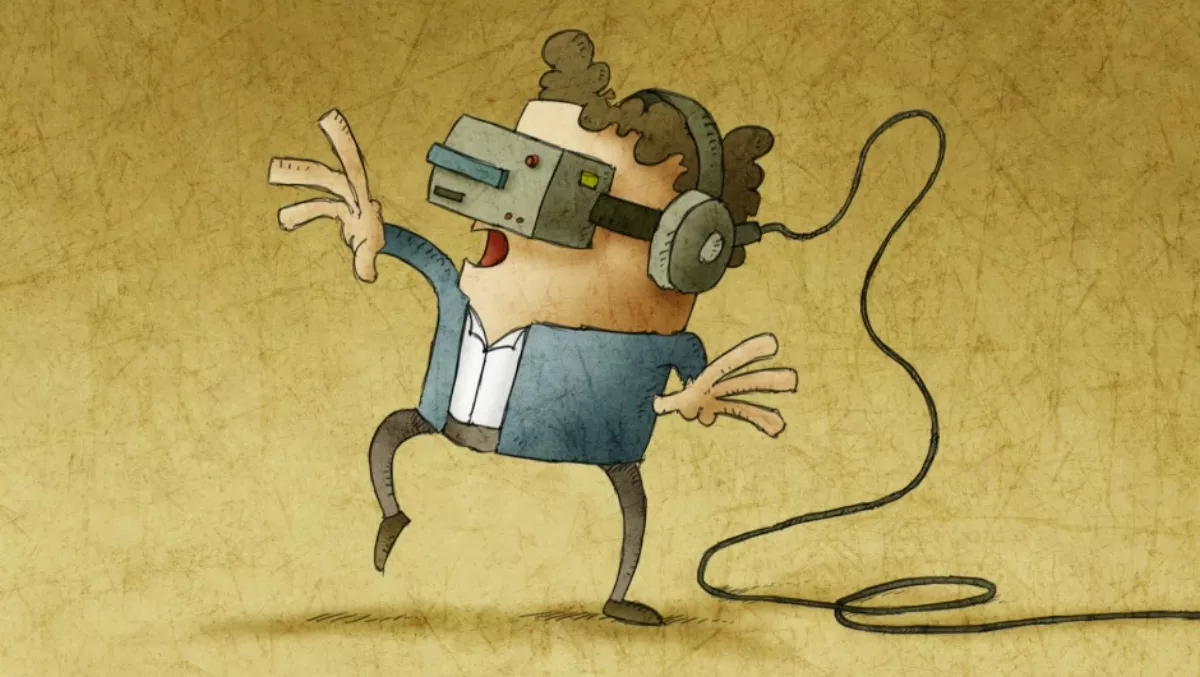
AR/VR continues relentless growth with headset shipments rapidly growing
New research from IDC has shown worldwide shipments of augmented reality (AR) and virtual reality (VR) continue to soar.
A total of 2.3 million units were shipped in the first quarter of 2017 and with a long list of new products scheduled to ship in the second half of 2017, IDC is forecasting triple-digit growth for the full year.
The vast majority of shipments were represented by VR with a more than 98 percent stake. Within VR, around two thirds of all headset shipments were screen less viewers like Samsung's Gear VR and Google's Daydream View. The remaining third of the market was made up by tethered VR headsets such as the HTC Vive, Oculus Rift and Sony's PSVR.
"The VR market is still very young and consumers seem to be taking a cautious approach," says Jitesh Ubrani senior research analyst for IDC's Mobile Device Trackers.
"With plenty of headset options already in the market and even more coming soon, hardware isn't the issue. The bigger challenge is the slow growth in content that appeals to a mass audience, combined with the confusion associated with a lack of cross-platform support."
While representing a small portion of the market, AR headsets saw a whopping year-over-year shipment growth of 77.4 percent as new products began shipping and existing headsets expanded distribution to additional countries.
"It's very early days in terms of augmented reality headsets, with the vast majority of products shipping into the market focused on getting hardware into the hands of developers," says Tom Mainelli, vice president of Devices and AR/VR at IDC.
"Meanwhile, we expect most consumers to experience their first taste of augmented reality through the cameras and screens of their existing mobile devices such as smartphones and tablets."
When breaking it down to specific countries, Samsung continues to drive the highest shipment volumes in the market with its Gear VR headset. IDC says Samsung's large distribution network and its partnership with Oculus has allowed the company to take the lead.
While it was the only company in the top five to see an annual decline in shipments, IDC expects this to be short-lived as this was largely tied to the absence of their flagship Note line of phones.
Sony has only shipped its PlayStation VR headset for two quarters, but the company has already found its way into the top 5, and IDC expects Sony to remain a leader in the near team.
With motion controllers and outside-in (room based) tracking right out of the box, the HTC Vive has provided a high-end solution for those willing to pay a premium for the best experience. Outside of the consumer market, IDC says HTC has enjoyed success in the commercial space as VR cafes have been popping up around the world, particularly in Asia.
Facebook was among the first premium products in the market with the Oculus Rift, though in recent months the company has faced a few hiccups in terms of retail space, but IDC expects Facebook to bounce back with a number of new features to provide a compelling alternative for VR enthusiasts.
Rounding out the top five was the Alcatel VR headset that it bundles with Alcatel Idol 4/s smartphones. Despite notable shipment volumes, the company faces challenges due to a limited platform that largely relies on existing Cardboard apps and Littlstar (a third-party VR video company) to provide apps, games, and videos for their headset.

